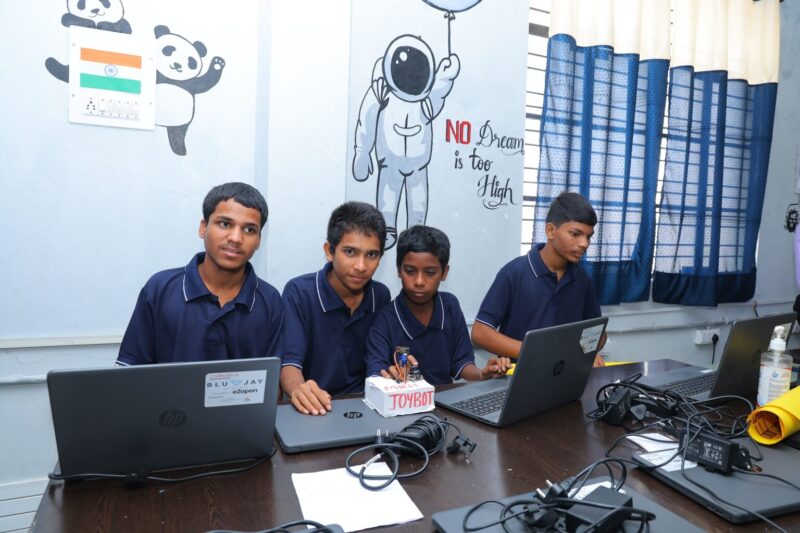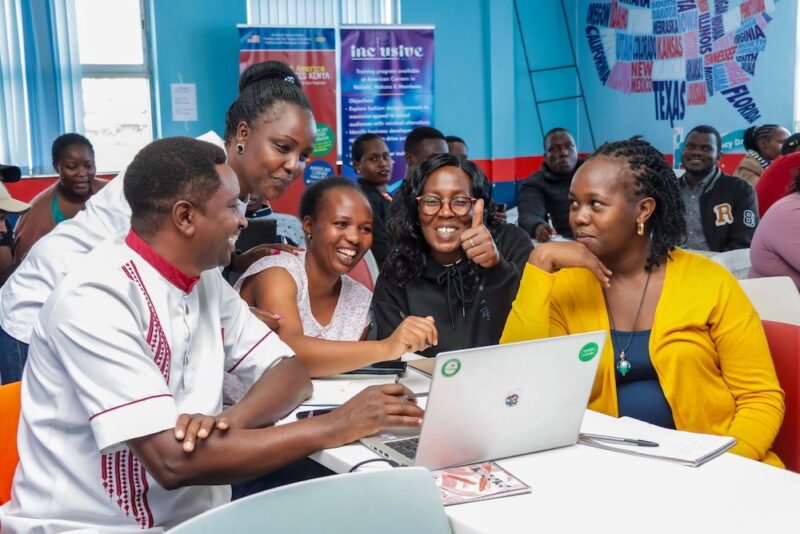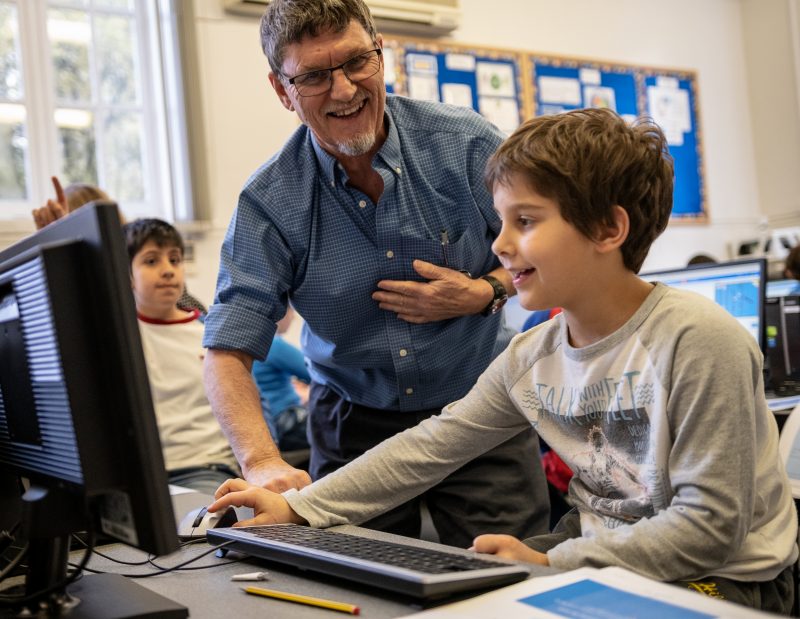Designing for every learner in every classroom
One of the things I love most about my role as Chief Learning Officer at the Raspberry Pi Foundation is hearing from teachers around the world. A teacher in Kenya told me how their students debugged their first programming projects on a shared laptop. In Scotland, another explained how our resources gave them the confidence to teach computing for the very first time. These stories remind me daily why our work matters: every young person, no matter where they live, should have the chance to explore the power of computing.

But creating resources that work in such different contexts is not easy. How do we design materials that work in a wide range of learning environments, from a bustling city classroom to a rural school where internet access can vary? How do we make sure that every learner sees themselves reflected in the examples we choose?
That’s where our teaching and learning design principles come in.
What makes our approach different
Over the past decade, we’ve learned a huge amount about what teachers and learners need from us. We’ve made mistakes, we’ve listened, and we’ve refined our practice again and again. The result is a set of design principles that guide the creation of everything we make, from full curricula to one-off projects.

These principles are practical and based on real classroom experience. They’re our way of making sure our resources are reliable, inspiring, and flexible, wherever and however teachers use them.
Here’s what that looks like in action:
- High quality – You can trust our resources to be accurate and classroom-ready. We put every piece of content through rigorous checks because we understand how busy you are.
- Research-informed – Our choices are grounded in evidence, not guesswork. We blend academic studies with insight from teachers like you and our own evaluations to create approaches that genuinely work.
- Consistent – We design our materials to fit together, so learners can build skills step by step, without confusion or contradiction along the way.
- Inclusive by design – We think carefully about accessibility, representation, and language right from the start. When young people see themselves reflected in computing, they see it as a future they can be a part of.
- Adaptable – No two classrooms are the same. By making our resources editable and flexible, we give you the freedom to shape them for your learners.
Why share these design principles now?
For us, being transparent about our approach is about trust. Teachers make daily decisions about which resources to use, often with limited preparation time. By showing you the principles behind our work, we want to give you the confidence that our content is not only free and adaptable, but also designed with care, expertise, and your learners at the heart.

Looking ahead
The world of computing education is moving fast, from new programming software, to artificial intelligence tools. Our design principles give us a strong foundation to keep innovating while staying true to our mission of enabling young people to realise their full potential through the power of computing and digital technologies.

And we’d love to hear from you! How do these principles resonate with your teaching? What helps you most in the classroom? Your feedback is what keeps making our work better.







No comments
Jump to the comment form